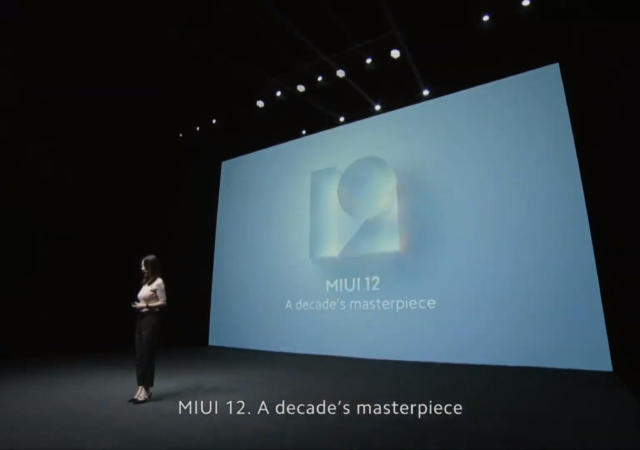Xiaomi’s new MIUI 12 packs many long requested features including an app drawer, universal dark mode and enhanced privacy controls.
Xiaomi Redmi Note 9 Series Launched – Redefining Standards
Xiaomi Redmi expands its family yet again with the brand-new Xiaomi Redmi Note 9 and Note 9 Pro. The value-for-money offerings will come with sub US$ 300 price tag and packing some power.




